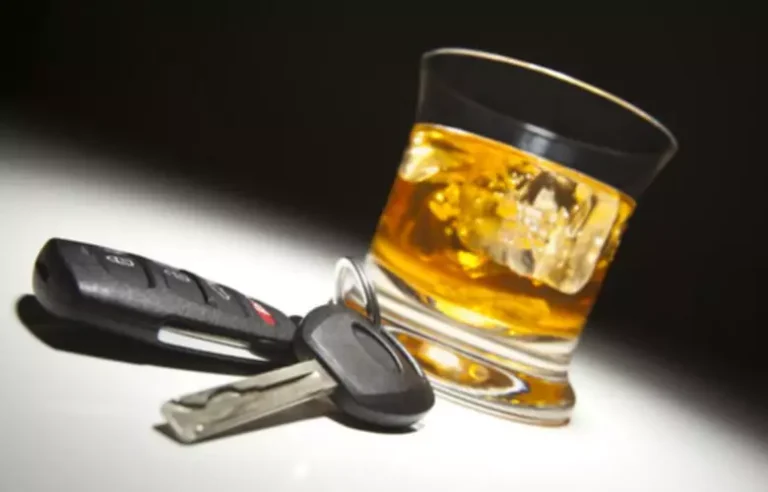Injecting drugs with shared needles increases the risk of contracting HIV, hepatitis B, and hepatitis C. There are serious health risks to misusing OTC cold and cough products, including increased blood pressure, loss of consciousness, and overdose. Over-the-counter (OTC) and prescription medications can be misused more easily than others because they’re often easy for teens to obtain. Diet pills, caffeine pills, and cold and flu products with dextromethorphan are just a few examples of OTC substances teens may use.
Drug Abuse Treatment & Prevention
Opioids include legal prescription medications such as hydrocodone, oxycontin, and fentanyl, as well as illegal drugs such as heroin. The annual rate of opioid overdose deaths for those aged 15 to 24 years is 12.6 per 100,000 people. A study showed that 60% of teens in a community-based substance use treatment program were also diagnosed with a mental health disorder. This information would have enhanced our understanding of recent trends in prescription drug use and the opioid epidemic.
- Median monthly overdose deaths among persons aged 10–19 years (adolescents) increased 109% from July–December 2019 to July–December 2021; deaths involving illicitly manufactured fentanyls (IMFs) increased 182%.
- The 2022 Monitoring the Future data tables highlighting the survey results are available online from the University of Michigan.
- Therefore, students with less engagement in school — a known risk factor for drug use – may have been less likely to participate in the survey.
- Support for teens with drug addiction includes treating withdrawal or underlying mental health conditions, and addressing emotional needs, usually with a qualified mental health professional such as a psychiatrist or psychologist.
Results from the 2022 National Survey on Drug Use and Health:Detailed Tables
This difference in location between survey respondents is a limitation of the survey, as students who took the survey at home may not have had the same privacy or may not have felt as comfortable truthfully reporting substance use as they would at school, when they are away from their parents. In addition, students with less engagement in school – a known risk factor for drug use – may have been less likely to participate in the survey, whether in-person or online. The Monitoring the Future investigators did see a slight drop in response rate across all age groups, indicating that a small segment of typical respondents may have been absent this year. While the completed survey from 2021 represents about 75% of the sample size of a typical year’s data collection, the results were gathered from a broad geographic and representative sample, so the data were statistically weighted to provide national numbers. This year, 11.3% of the students who took the survey identified as African American, 16.7% as Hispanic, 5.0% as Asian, 0.9% as American Indian or Alaska Native, 13.8% as multiple, and 51.2% as white.
Adolescent drug overdose deaths rose exponentially for the first time in history during the COVID pandemic
Mississippians face far greater rates of poverty and lack of access to health and mental health services due teen drug abuse to inequities in the healthcare system. The 2021 NSDUH Detailed Tables present national estimates of substance use and mental health. Because of methodological changes in 2021, estimates from this year should not be compared with previous years. Please refer to the Methodological Summary and Definitions report for more information on the NSDUH survey.
Data Site Footer Menu
- Public health actions, such as school-based prevention programs, community outreach initiatives, peer and family counseling, drug-free zones or policy reforms could be impactful for curving substance abuse in adolescents.
- Examples of prescription drugs teens may misuse include stimulants like Adderall and benzodiazepines like Xanax.
- Most Schedule IV drugs are prescription medications, some of which have been banned by the Food and Drug Administration.
In 2023, the prevalence of illicit drug use in the past year increased with increasing age of the youths—10.9% in eighth graders, 19.8% in 10th graders, and 31.2% in 12th graders 8. According to the National Survey on Drug Use and Health data (2004–2019), the pattern of drug use initiation varies by race and ethnicity 9. In an earlier study of trends and patterns relating to youth substance uses, lifetime use of marijuana decreased in the U.S. during 2013–2019 10. In 2019, 21.7% reported current marijuana use, while 13.7% reported current binge drinking, and 7.2% reported current prescription opioid misuse. The 2023 data continue to document stable or declining trends in the use of illicit drugs among young people over many years.






